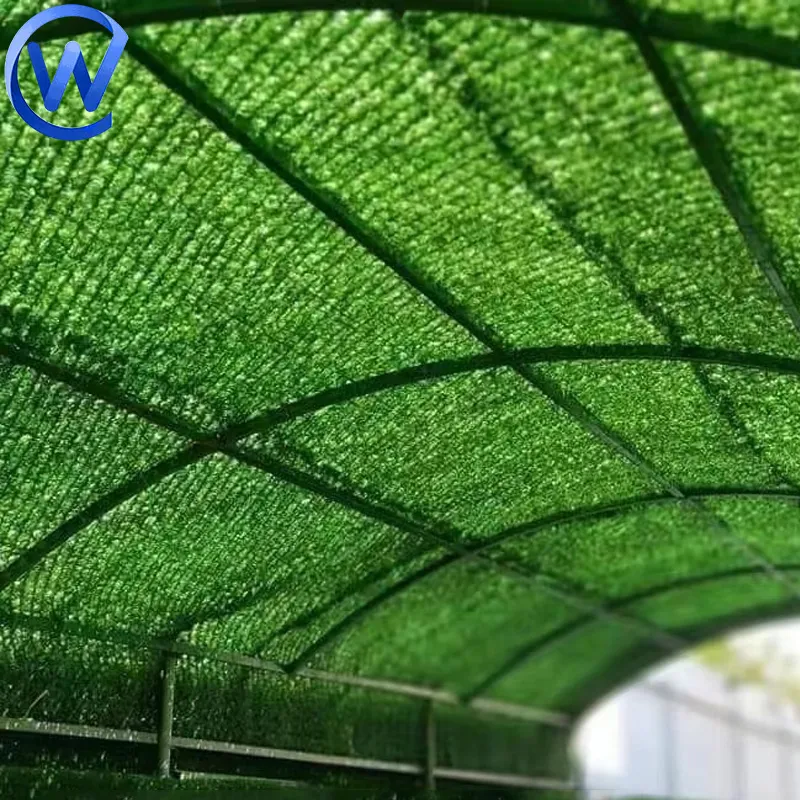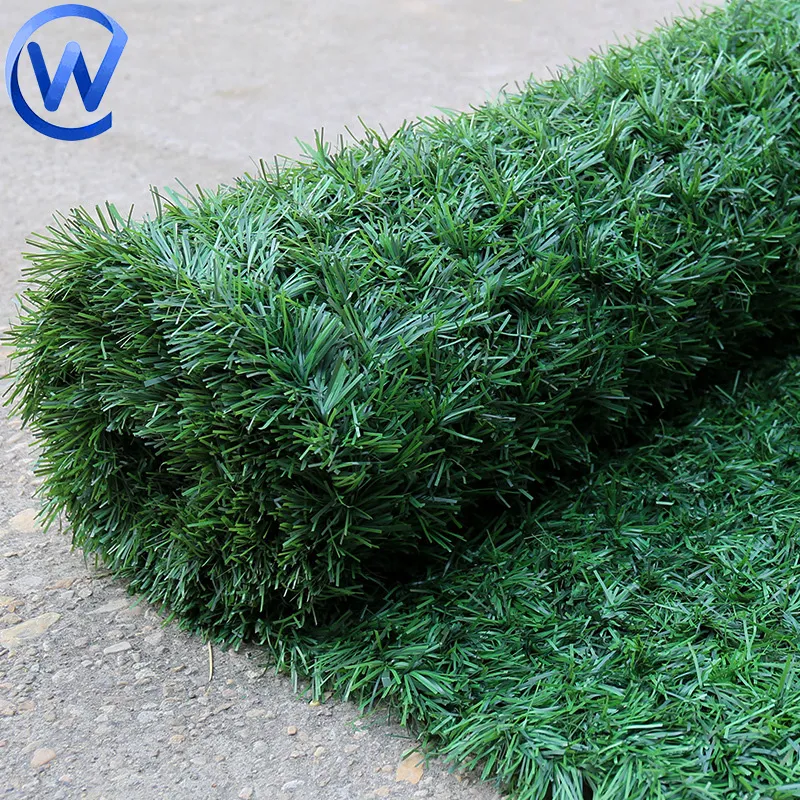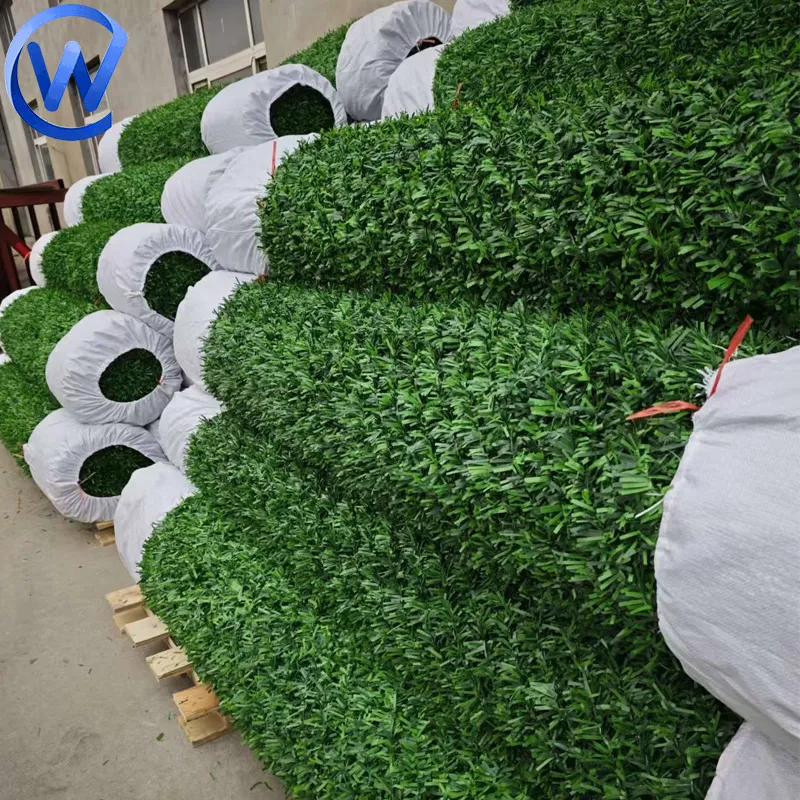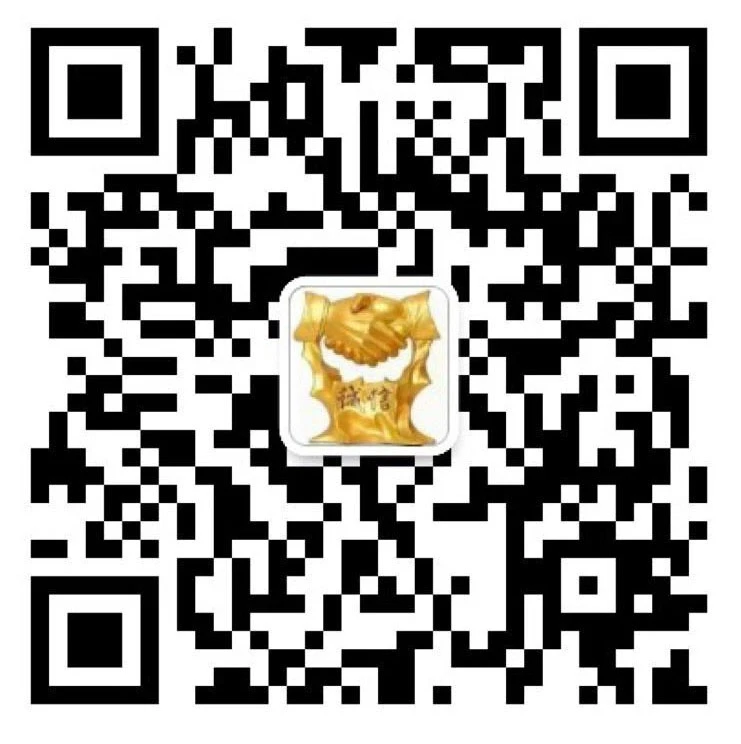-
+86 15030157877
-
sales@galvanizedmetalmesh.com
Oct . 21, 2025 11:40 Back to list
Artificial Grass Fence – Lush Privacy, UV-Proof, Easy Install
A Field Note on Privacy, Greenery, and the Surprisingly Useful Artificial Fence
If you’ve walked past a construction hoarding that looked oddly lush—or a café terrace that felt calmer than the street—there’s a good chance you were looking at an Artificial Grass Fence. To be honest, the category went from niche to mainstream almost overnight. Noise softening, visual privacy, quick install. It checks boxes for facility managers and homeowners alike.

What’s driving demand right now
Three trends I keep hearing from buyers: rapid urban densification, stricter site aesthetics (especially around pop‑up retail and events), and a push for lower-maintenance landscaping. Many customers say the Artificial Grass Fence beats hedging or timber screens on lifecycle cost—no watering, trimming, or repainting. And yes, it seems that it can blunt wind gusts on balconies and cut high-frequency street chatter a touch.

Core build and specs (quick look)
The model I reviewed is made in South Industrial Zone 07, Anping County, Hebei, China—an area that basically lives and breathes mesh fabrication. The grass filaments are PVC with UV stabilizers, twined onto a reinforced wire mesh. The spliceable design is the quiet hero here: you can extend runs cleanly without ugly seams.
| Parameter | Typical Value (≈) | Notes |
|---|---|---|
| Grass material | PVC, UV-stabilized | Lead-free options; RoHS/REACH on request |
| Mesh core | Galvanized steel wire, ≈1.8–2.5 mm | Powder-coat available (green/black) |
| Roll height | 1.0 / 1.2 / 1.5 / 2.0 m | Custom heights around 0.8–2.4 m |
| Roll length | 10 m (common) | Other lengths available |
| Service life | ≈5–10 years | Real-world use may vary with UV index |
| Splice system | Clip-and-wire, modular | Fast on-site joining |

How it’s made, and how it’s tested
Materials arrive as galvanized wire coils and PVC grass yarn. The mesh is welded, coated (if specified), then the grass filaments are twined and thermally set onto the grid. QC checks include pull-out strength of filaments, coating adhesion, and color delta after accelerated UV. Typical references: ISO 4892-2 (xenon-arc weathering), ASTM G154 (UV-B), and salt-spray for galvanized wire. Some buyers ask for EN 13501-1 classification guidance; with PVC this is usually for risk assessment, not a fire endorsement, just to be clear.

Where people are using it
- Backyards and balconies: privacy without feeling boxed-in.
- Sunrooms and rooftops: quick wind baffling; cleaner edges.
- Hospitality/events: hide back-of-house, dress up queuing lanes.
- Retail and pop-ups: soft branding backdrops, faster than paint.
- Construction hoardings: tidier street presence, fewer complaints.
Feedback I hear: the Artificial Grass Fence takes the harshness off chain-link, looks “finished,” and, surprisingly, dampens annoying hiss from traffic by a few dB in small courtyards.

Vendor snapshot (what to compare)
| Vendor | Mesh gauge | UV package | Splicing | Lead time |
|---|---|---|---|---|
| Anping (origin: Hebei) | ≈2.0 mm | High-UV, tested to ISO/ASTM | Clip-and-wire, tidy seams | Around 12–18 days |
| Generic importer | ≈1.6 mm | Basic UV | Cable ties | 3–6 weeks |
| Big-box label | ≈1.8 mm | Standard UV | Modular panels | Stock-dependent |

Customization, installation, and a few mini-cases
Options: dual-tone greens, denser thatch for opacity, black or green mesh, branded tags, and roll lengths matched to façade modules. The spliceable Artificial Grass Fence joins fast—two people can cover 20–30 m before lunch if posts already exist.
Case notes: a boutique hotel wrapped 120 m of pool fencing; guest noise complaints dropped noticeably (informal, ≈5–7 dB at peak hours). A rooftop café used it as a wind baffle with better table turnover—less napkin flight, as the manager put it. On a logistics yard, it simply made an otherwise stark boundary disappear into the trees. Not scientific, but telling.
Compliance and assurances
On request, suppliers can provide RoHS/REACH declarations, UV exposure reports (ISO 4892-2 or ASTM G154), and galvanizing certificates (e.g., EN 10244-2 for wire). Warranty terms vary; I’ve seen 3–5 years standard, longer in mild climates. For procurement files, note the origin: South Industrial Zone 07, Anping County, Hebei, China.
References
- ISO 4892-2: Methods of exposure to laboratory light sources — Xenon-arc.
- ASTM G154: Operating Fluorescent UV Lamp Apparatus for Exposure of Nonmetallic Materials.
- EN 13501-1: Fire classification of construction products and building elements.
- EU REACH Regulation (EC) No 1907/2006.
- RoHS Directive 2011/65/EU (and amendments).
-
Concertina Razor Wire: The Ultimate Guide to Secure, Practical Barrier Solutions
NewsNov.20,2025
-
Barbed Wire Fence: Durable Security Solutions for Global Agriculture and Industry
NewsNov.19,2025
-
Barbed Wire: Durable & Affordable Security Solutions for Global Applications
NewsNov.18,2025
-
Durable and Cost-Effective Fence Wire Mesh for Farm Sheep – Global Insights & Innovations
NewsNov.18,2025
-
Durable and Cost-Effective Farm Fencing Wire Galvanized | Global Use & Benefits
NewsNov.15,2025
-
Essential Guide to Wire for Fencing: Applications & Innovations
NewsNov.14,2025



